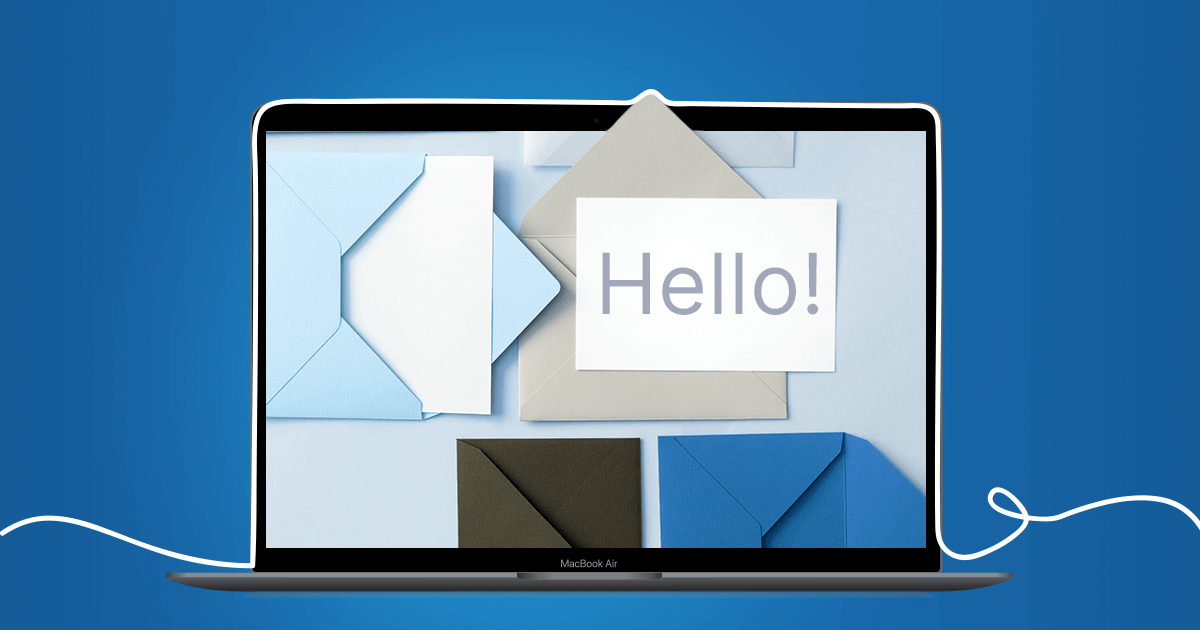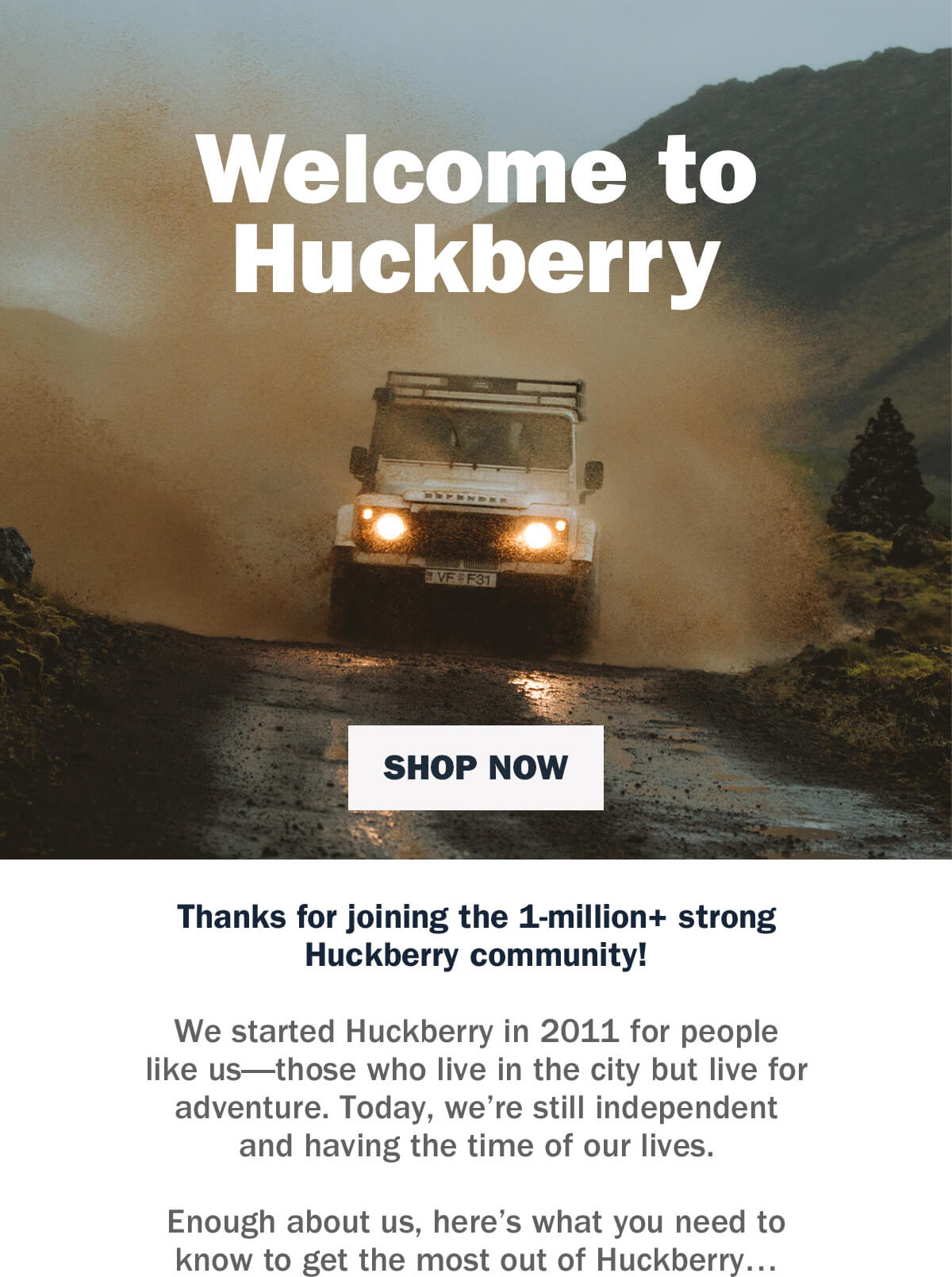Now, here are two textual templates, which you can easily combine and toss like Lego blocks to create your special welcome email.
Template 1 (personalized, customizing the experience):
[Recipient name], Welcome to [company name]!
You are now part of the [company name] family!
To make things extra special for you, we would like to ask you to set your preferences to get the most out of [your account/product].
Not sure where to start/how to order…? Make sure to visit our [knowledge base/academy/help center/FAQ section etc.]!
If you prefer something more personal, you can always contact us via [your email, social media].
Don’t hesitate to follow us at [social media]. You can unsubscribe at any time.
Best,
The [company name] team
Template 2 (with storytelling, establishing strong bonds):
Hi [recipient name]!
Welcome to the [company name] family! I’m [founder name], founder of [company name].
As a thank-you, here’s an amazing [X]% off on your first/second purchase! Just use [code name] at checkout!
Before we get started, I’d like to share [company name] story with you.
[Tell your audience your company story. What inspired you to start your brand, and what pain points you wanted to solve.]
We hope that by using [product/service], you will [achieve a goal/solve a problem].
I am so excited to have you on board!
Best,
[founder name]
7 surefire tips for getting the most of your welcome email
Now, let’s get straight to the point and sum up the most efficient welcome email practices.
- Use compelling subject lines, real names, and meaningful preheaders. They do matter, just like a strong handshake and a smile when you meet in person. An enticing subject line is a reason for a recipient to open your message.
Give your brand/personal name in the From field ([email protected] won’t do), and be sure to welcome or thank your subscribers in the subject line, like in these examples:
- Did you say “beard”? – Welcome to Beardbrand!
- Welcome, friend! Your £10 off code is inside…
- Hey, we’re BarkBox! Is your dog home?
- Welcome to Food52! – We brought snacks.
- Thanks {{NAME}}. Welcome to Reitmans!
- Set subscriber expectations. A subscriber will only appreciate it if you tell them how often they will hear from you, what content they will receive, and what value they will get from your messages (in fact, tell them anything about how it’s going to be organized).
A survey by Campaign Monitor about why subscribers marked a business’ emails as spam or unsubscribed shows that it’s due to excessively frequent emails (45.8%), not informative content (31.6%), and impersonalized offers (10.4%).






































